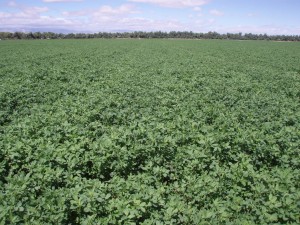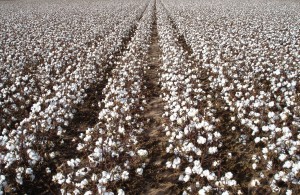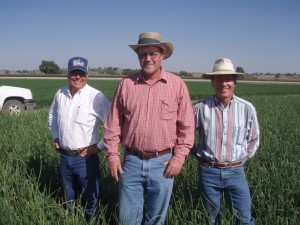
The first three Idaho farmers to use a drip irrigation system on mint fields reported mostly favorable results after the second season, but they did face a few problems with the new practice.
As a result, the Idaho Mint Commission is financing a three-year trial at University of Idaho’s Parma research station to further refine the practice.
Nampa farmer Robert McKellip, who last year was the first Idaho farmer to put mint on a drip system, said he used about 2 feet of water per acre on the 56-acre field this year, compared with the typical 5 acre-feet for a field that is furrow irrigated.
He said he also used a lot less fertilizer and yields were great.
“I’m really pleased with it,” said McKellip, president of the Idaho Mint Growers Association.
McKellip said the drip system proved its worth this year on water savings alone. The 2013 growing season in the Treasure Valley was marked by a tight water supply that caused several irrigation districts to shut off water a month early
If all farms in the valley switched to drip, “we’d never, ever have another drought,” he said. “I”m using less water on my mint drip system than I’d use during a drought year.”

 Another season has passed, and Bob McKellip is happy to report that his second year of utilizing
Another season has passed, and Bob McKellip is happy to report that his second year of utilizing 


 Larry Standage has reaped all the typical benefits of converting to drip irrigation with his onions in Vale, Oregon, including increased yields, reduced runoff, and less use of water, fertilizer, and labor. But the most important benefit is that Standage builds customer loyalty as a result of a higher quality, more uniform crop.
Larry Standage has reaped all the typical benefits of converting to drip irrigation with his onions in Vale, Oregon, including increased yields, reduced runoff, and less use of water, fertilizer, and labor. But the most important benefit is that Standage builds customer loyalty as a result of a higher quality, more uniform crop.